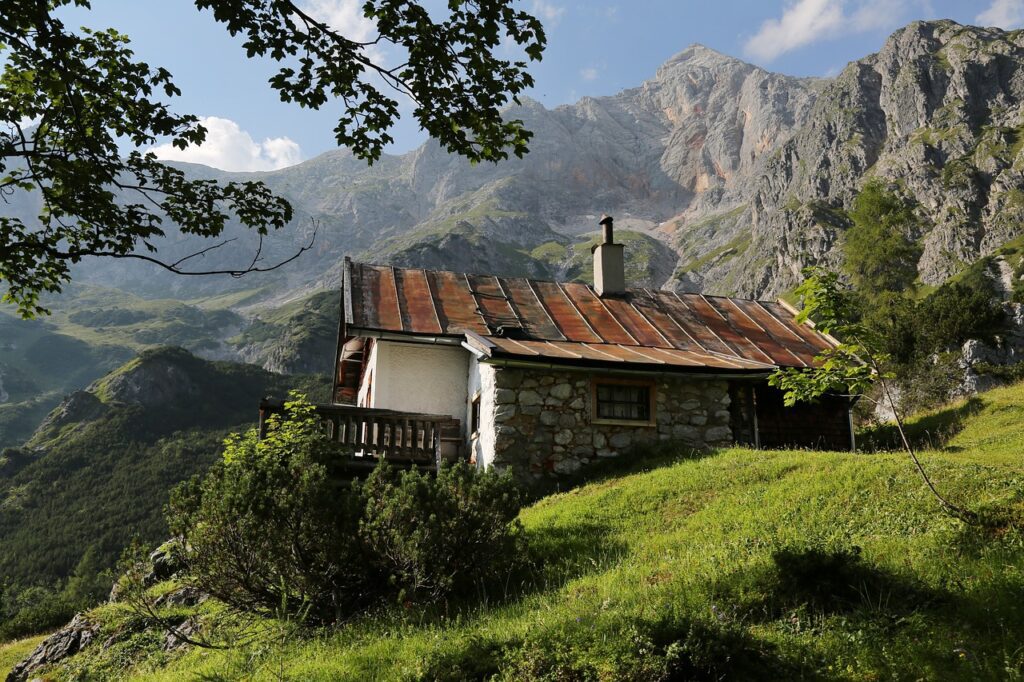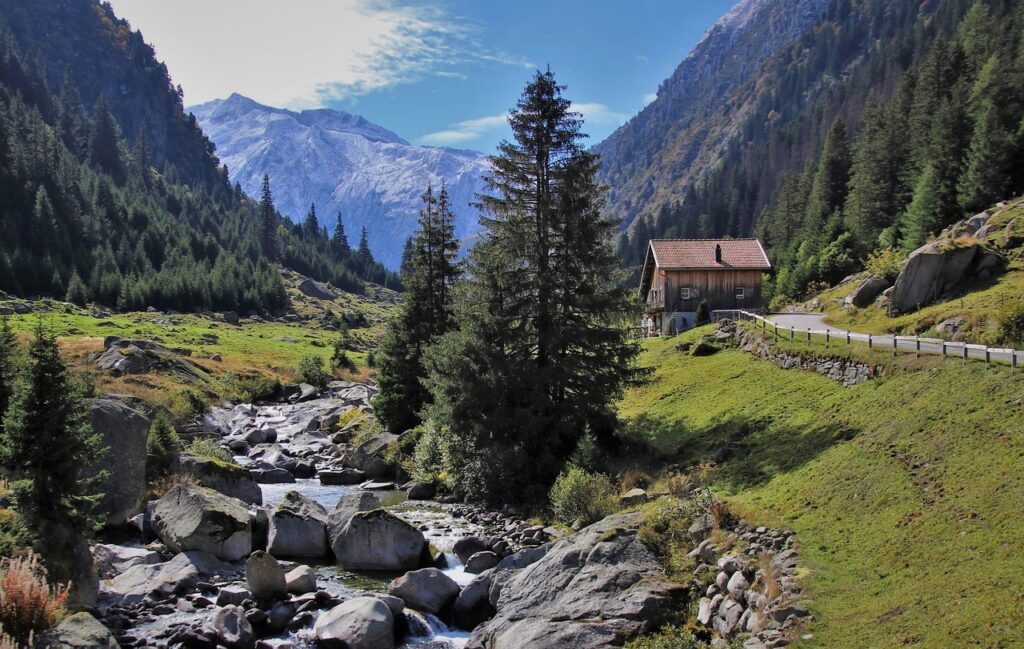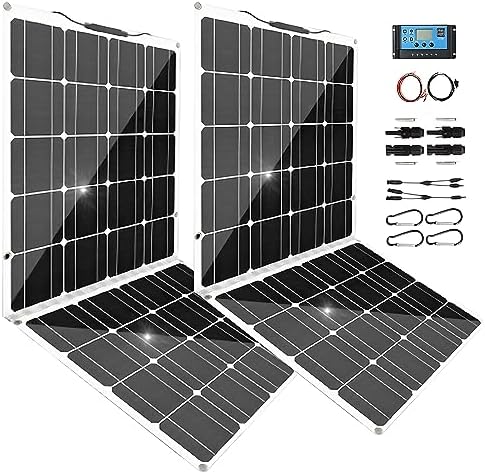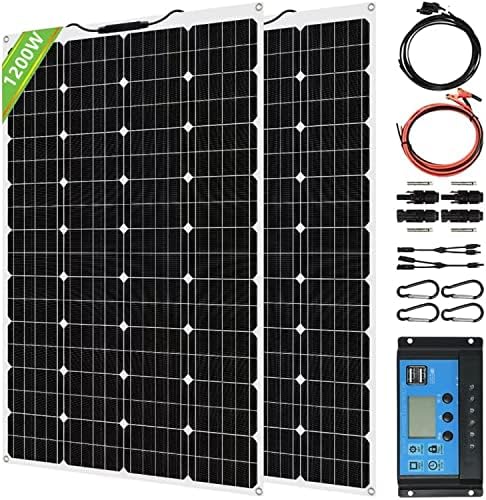The Ultimate Guide to Off-grid Living: A Step-by-Step Breakdown
Have you ever considered what it’d feel like to disconnect from the bustling hive of the grid? The enthralling allure of self-sufficiency, where city hums become whispers of winds and nights are lit up by stars instead of street lights. Ah, off-grid living, you bewitching siren! But hold your horses, dreamer. Jumping ship to a grid-less life is more than just romancing the wilderness. It’s a calculated journey into autonomy, and it’s vital to know what you’re diving into. Ever wondered, “What exactly would I need to live off the grid?” Let’s unravel that tapestry, step by detailed step. Understanding the Basics: Why Off-grid? What does “off-grid” really mean? To the uninitiated, it sounds quite rogue, perhaps even reckless. But is it really just about escaping the hustle and bustle? Off-grid living is a conscious step towards: Now, to the nitty-gritty. What are the staples of off-grid living? Harnessing the Power of the Sun and Wind It’s a grand thing to think about, isn’t it? Being powered by the sheer will of the sun and the dance of the winds. Harnessing natural energy is at the crux of off-grid living. But what lies behind this poetic imagery? It’s a seamless blend of technology, understanding your energy needs, and working harmoniously with Mother Nature’s cues. So, let’s dive deeper into this electric realm! A. Solar Energy: The Sunlit Path to Independence When one thinks of living off-grid, the iconic solar panel often springs to mind. But why all the fuss? B. Wind Energy: Waltzing with the Winds While the sun is a formidable ally, the wind too has tales to tell and energy to share. C. Storage: The Unsung Hero While the sun and wind are reliable, they aren’t always constant. This is where storage systems come into play. Ever pondered about that fleeting moment when the sun kisses the horizon goodbye, and the winds are yet to pick up their nocturnal melody? That’s when your stored energy steps in, ensuring your off-grid dream is uninterrupted. In essence, the journey to harnessing the power of the sun and wind is an intricate dance – a blend of technological prowess and respect for nature’s rhythms. And as the world pivots towards sustainability, isn’t it poetic justice that our primeval ancestors, the sun and wind, lead the charge? Quenching the Thirst: Water Systems for the Off-grid Dweller Ah, water, the very elixir of life. It’s one thing to marvel at the flicker of stars in a pristine off-grid night sky, but what’s a stargazer to do when parched? With no city pipelines at your disposal, how does an off-grid dweller ensure that the tap doesn’t run dry? Allow me to navigate you through the rivulets and streams of off-grid water systems. A. Rainwater Harvesting: Nature’s Generosity As the heavens open up and bestow their bounty upon us, capturing and conserving rainwater is one of the most efficient ways to sustain an off-grid life. B. Groundwater: Tapping into Earth’s Hidden Reservoirs When rainwater proves elusive, perhaps it’s time to delve deeper. C. Streams, Rivers, and Lakes: The Age-old Sustainers For those fortunate enough to find their off-grid haven near a natural water source, the solution is right at your doorstep. D. Purification: The Guardian at the Gate Just because water looks pristine doesn’t mean it’s safe to gulp down. E. Water Heaters: Warmth from the Wilderness Cold nights and warm showers are a match made in heaven. In the end, isn’t water the very poetry of survival? It flows, quenches, cleanses, and sustains. While off-grid living might pull you away from many urban amenities, with the right systems in place, water will never be a missed luxury. The quest is not just about quenching one’s thirst but tapping into the very pulse of life, one drop at a time. Building Shelter: Homes that Embrace Nature Ah, the ancient human need for shelter. From the dawn of time, it’s been about more than just bricks and beams; it’s the canvas of our stories, the framework of our daily lives. In the realm of off-grid living, constructing a home is not just a structural endeavor but a lyrical embrace of the environment. How so? Let’s construct this understanding, layer by layer. A. Natural Materials: Echoes of the Earth In the off-grid world, there’s a profound respect for nature, and what better way to honor it than to use what it generously offers? B. Designing with Purpose: Where Function Meets Philosophy Off-grid homes are more than their constituent materials. Their design is a hymn sung in harmony with the land. C. Mobility and Minimalism: Less Can Be More With the surge in minimalistic living, some off-gridders are thinking inside the box, quite literally! D. Insulation and Ventilation: The Breath and Coat of a Home A house’s soul lies in its ability to breathe and protect. In the grand tapestry of life, building an off-grid home isn’t just about shelter. It’s a testament to resilience, a celebration of autonomy, and above all, a profound communion with nature. So, when you lay down the first brick or timber beam of your off-grid abode, remember, you’re not just building a house, you’re crafting a sanctuary. And isn’t that what every soul yearns for – a place where walls resonate with stories and roofs echo with dreams? Feeding the Belly: Sustainable Agriculture and Hunting Ah, the simple joys of a meal. But in the off-grid universe, it’s not just about what’s on the plate, it’s about the story behind every morsel. From the gentle touch of the sun on a ripening fruit to the age-old dance of predator and prey, feeding oneself becomes a poetic ode to the land and its rhythms. Ready to savor this narrative? A. Sustainable Agriculture: Nurturing Nature’s Larder To plant a seed and watch it sprout is to witness a miracle. Sustainable agriculture seeks not just to harness this miracle but to enhance and prolong it. B. Hunting and Foraging: Echoes of Ancestral Instincts Before
The Ultimate Guide to Off-grid Living: A Step-by-Step Breakdown Read More »




